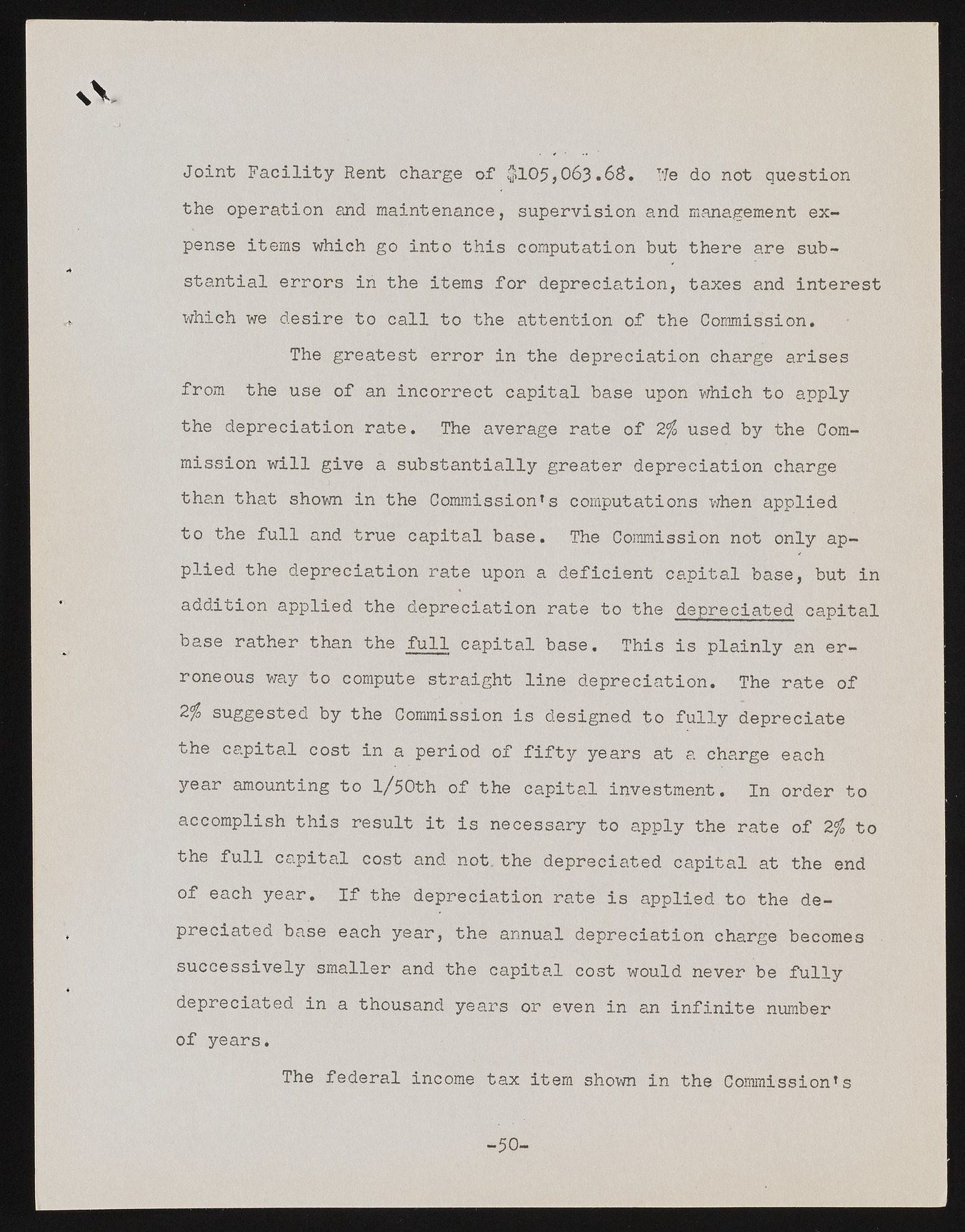Copyright & Fair-use Agreement
UNLV Special Collections provides copies of materials to facilitate private study, scholarship, or research. Material not in the public domain may be used according to fair use of copyrighted materials as defined by copyright law. Please cite us.
Please note that UNLV may not own the copyright to these materials and cannot provide permission to publish or distribute materials when UNLV is not the copyright holder. The user is solely responsible for determining the copyright status of materials and obtaining permission to use material from the copyright holder and for determining whether any permissions relating to any other rights are necessary for the intended use, and for obtaining all required permissions beyond that allowed by fair use.
Read more about our reproduction and use policy.
I agree.Information
Digital ID
Permalink
Details
Member of
More Info
Rights
Digital Provenance
Publisher
Transcription
\V Joint Facility Rent charge of $105,063.6$. We do not question the operation and maintenance, supervision and management expense items which go into this computation but there are sub- •ft stantial errors in the items for depreciation, taxes and interest which we desire to call to the attention of the Commission. The greatest error in the depreciation charge arises from the use of an incorrect capital base upon which to apply the depreciation rate. The average rate of 2% used by the Commission will give a substantially greater depreciation charge than that shown in the Commissions computations when applied to the full and true capital base. The Commission not only applied the depreciation rate upon a deficient capital base, but in addition applied the depreciation rate to the depreciated capital k&se rather than the full capital base. This is plainly an erroneous way to compute straight line depreciation. The rate of 2% suggested by the Commission is designed to fully depreciate the capital cost in a period of fifty years at a charge each year amounting to l/50th of the capital investment. In order to accomplish this result it is necessary to apply the rate of 2% to the full capital cost and not. the depreciated capital at the end of each year. If the depreciation rate is applied to the de- * preciated base each year, the annual depreciation charge becomes successively smaller and the capital cost would never be fully depreciated in a thousand years or even in an infinite number of years. The federal income tax item shown in the Commissions -50-

